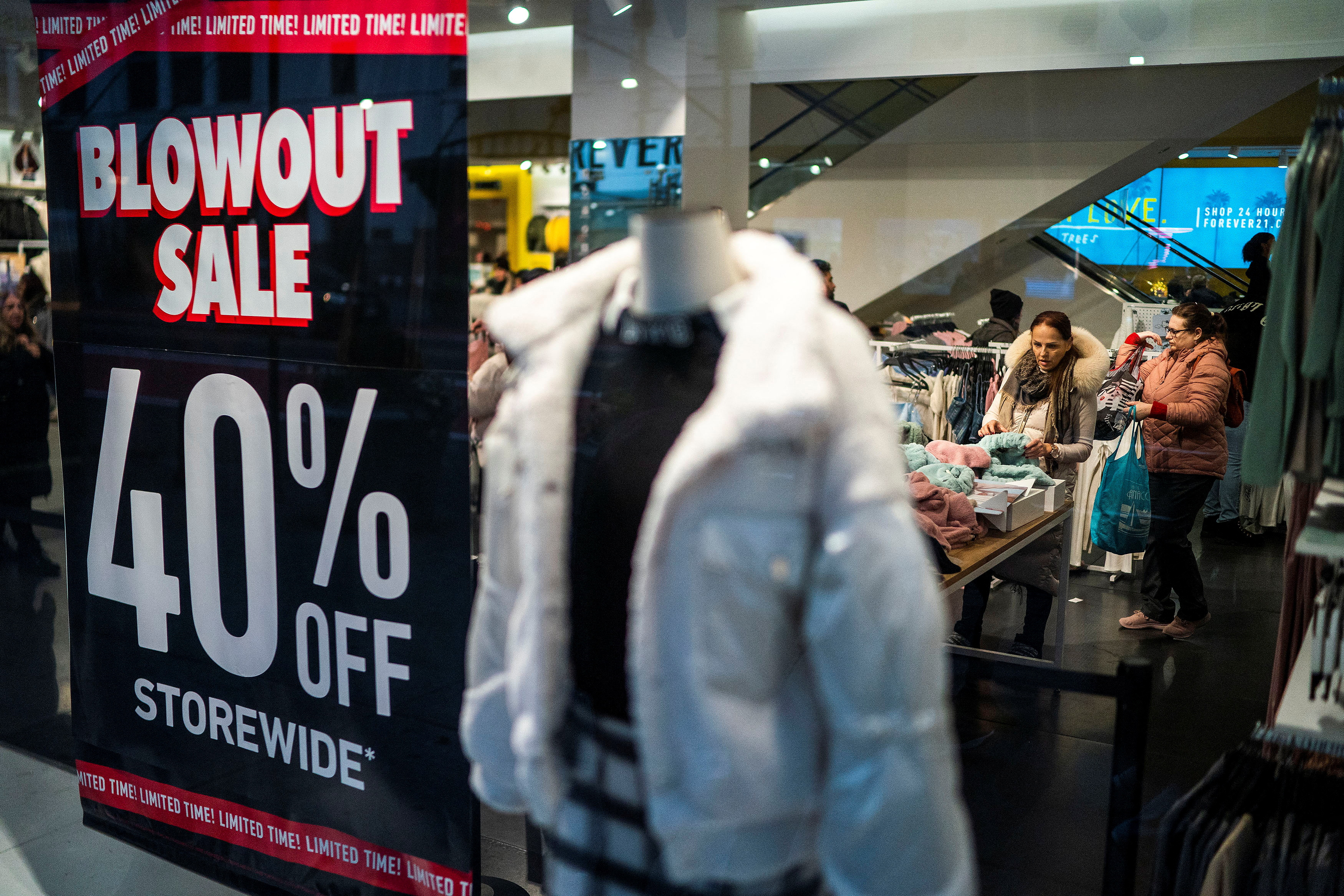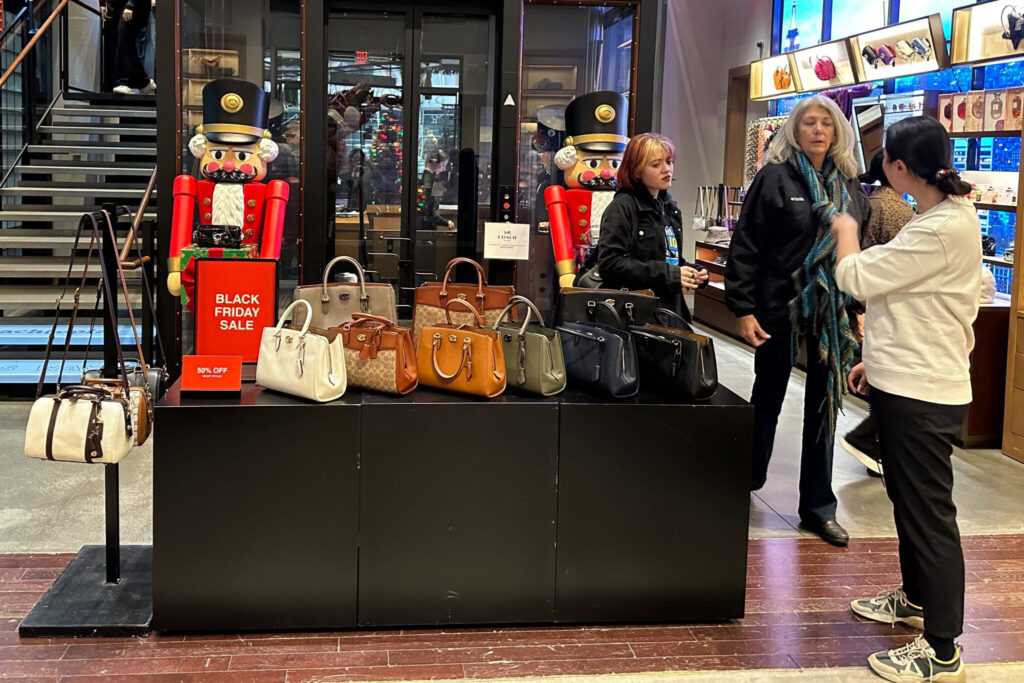U.S. retail sales rose 3.1% between Nov. 1 and Dec. 24, as shoppers looked for last-minute Christmas deals amid big promotions, a Mastercard report showed on Tuesday. The increase is lower than the 3.7% growth Mastercard forecast in September and last year’s 7.6% rise as higher interest rates and inflation pressured consumer spending.
Quick Read
- Increase in Retail Sales: U.S. retail sales saw a 3.1% increase between November 1 and December 24.
- Comparison to Forecasts and Previous Year: The growth was lower than the 3.7% forecast by Mastercard in September and the 7.6% rise seen last year.
- Impact of Inflation and Interest Rates: Higher interest rates and inflation have impacted consumer spending, leading to the lower growth rate.
- Promotional Efforts by Retailers: Amazon and Walmart increased promotions in November to attract shoppers. However, discounts were reportedly not as deep as the previous year.
- Rollback of Discounts: Some discounts were reduced in December, coinciding with last-minute holiday shopping, especially on “Super Saturday” – the Saturday before Christmas.
- Shopper Behavior: According to analyst Arun Sundaram, many consumers waited until Black Friday and Cyber Monday for major purchases and completed their holiday shopping during Super Saturday.
- Consumer Spending Trends: Consumers continue to spend but remain price-conscious, looking for significant deals to maximize their budgets.
- Ecommerce Sales Growth: Ecommerce sales grew by 6.3%, a slower pace compared to last year’s 10.6%, as online shopping’s popularity normalized post-pandemic.
- Category-Specific Sales: Apparel sales rose by 2.4%, and restaurant sales increased by 7.8%. However, electronics sales saw a slight decline of 0.4%.
Reuters has the story:
Mastercard: US holiday retail sales grow 3.1%, down from prior year
Newslooks- (Reuters) –
U.S. retail sales rose 3.1% between Nov. 1 and Dec. 24, as shoppers looked for last-minute Christmas deals amid big promotions, a Mastercard report showed on Tuesday.
The increase is lower than the 3.7% growth Mastercard forecast in September and last year’s 7.6% rise as higher interest rates and inflation pressured consumer spending.

Amazon.com and Walmart (WMT.N) ramped up promotions through November in the United States to entice bargain-hunting shoppers, but analysts said that the discounts were not as deep as the prior year, when retailers were saddled with excess stock after the pandemic.
Some of those discounts were rolled back starting in December, when customers were expected to buy last-minute gifts and household goods on the Saturday before Christmas – dubbed “Super Saturday.”
Arun Sundaram, an analyst at CRFA Research, said many shoppers waited for Black Friday and Cyber Monday to make holiday purchases and finished the final sprint during Super Saturday.
“Consumers are still spending, but they’re still price conscious and want to stretch their budgets,” Sundaram said. He said the weeks between Cyber Monday and Super Saturday were a “soft period” for spending, but shoppers used the final weekend before Christmas to look for “big deals.”
Ecommerce sales grew at the slower pace of 6.3% compared to last year’s 10.6% as the popularity of online shopping came off pandemic highs, the report showed.
Sales in the apparel and restaurant categories rose 2.4% and 7.8%, respectively, during the holiday shopping period, according to the Mastercard SpendingPulse report, while sales of electronics fell 0.4%.
Mastercard SpendingPulse measures in-store and online retail sales across all forms of payment. It excludes automotive sales.







